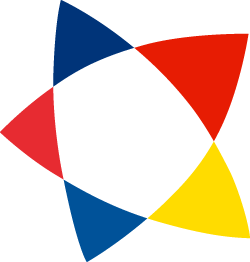





On 13 Dec 2013, the Norwegian Research Council announced to fund a concentrated 4-year effort at Nordita in Stockholm and NTNU in Trondheim to improve our understanding of particle transport and clustering in stratified turbulent flows. This work couples large-scale numerical simulations with numerically guided analytical approaches. An ultimate goal is to have a physically consistent model of particle transport in raindrop formation.
This project benefits further from the recently awarded Wallenberg project on Bottlenecks for particle growth in turbulent aerosols (2 Oct 2014). The PI of that project is Bernhard Mehlig and is a collaboration between A. Brandenburg, and D. Mitra, at Nordita; Kristian Gustavsson, Dag Hanstrop, Bernhard Mehlig, and Stefan Östlund, at the University of Gothenburg; Anders Johansen at Lund Observatory; and Eberhard Bodenschatz, G. Bewley, and H. Xu at the MPI-KS, Göttingen.
Particle motion and particle accumulation in turbulent flows with temperature gradients are of great importance for many critical applications in the modern world. Examples include the Diesel engine, industrial boilers, and prediction of rain initiation in the atmosphere. There are also astrophysical applications, in particular the conglomeration of dust in the context of protoplanetary accretion discs.
This project is a new activity within the astrophysics & astrobiology group at Nordita. One of its recent highlights was the ERC-supported Astrophysical Dynamo Project (2009-2014).
One of the default research tool is the Pencil Code, which is a public domain code initiated at Nordita and used for solving partial differential equations on massively parallel computers. Its maintenance through a remote versioning system (SVN) allows the users easy updates and the possibility of sharing new and/or experimental developments with other users. The primary tool for this project will be Direct Numerical Simulations (DNS) using the Pencil Code. The Pencil Code is an open source general purpose simulation tool initiated by members of the research group, and currently being developed by several members of a team of active users. The implementation of particle dynamics into the code has been driven forward by applications to proto-planetary discs
